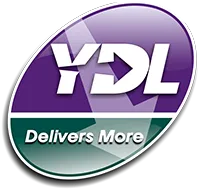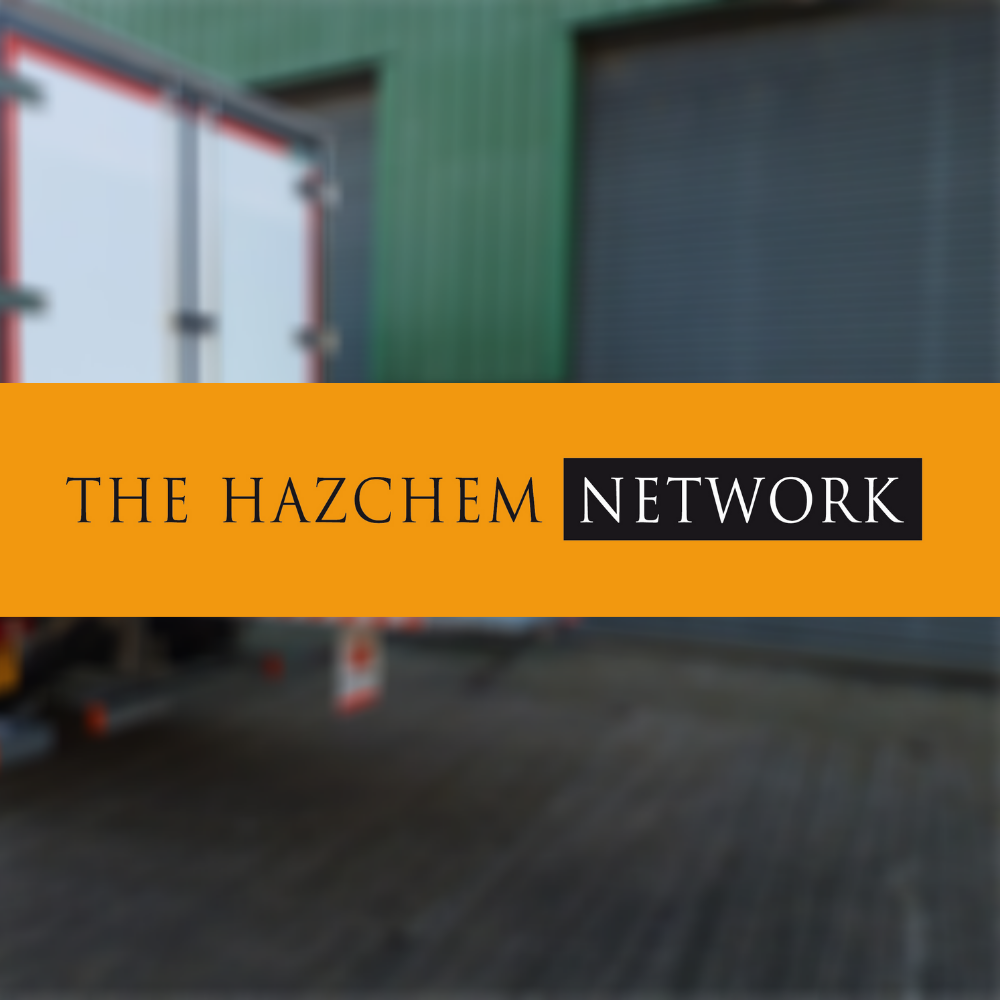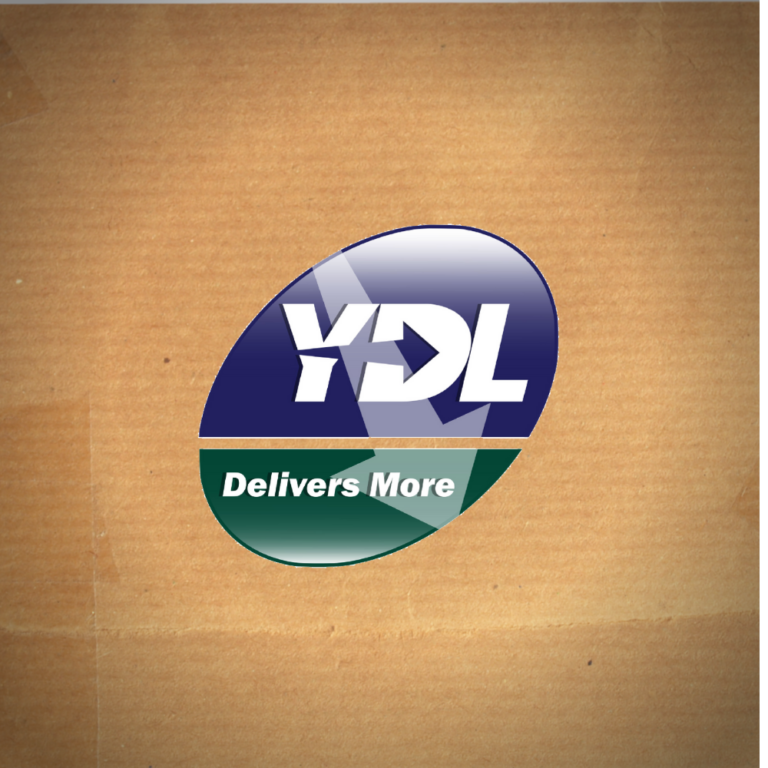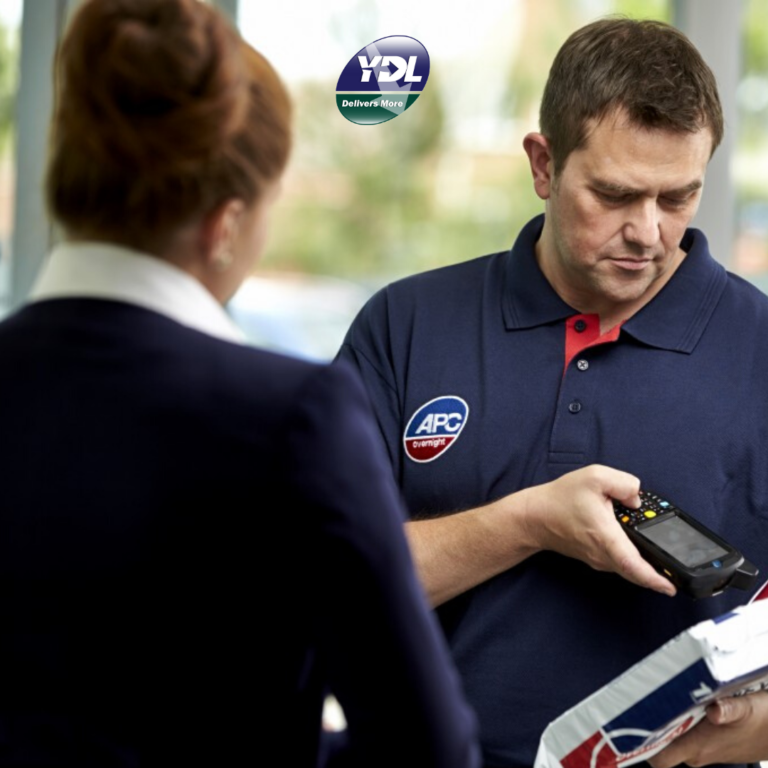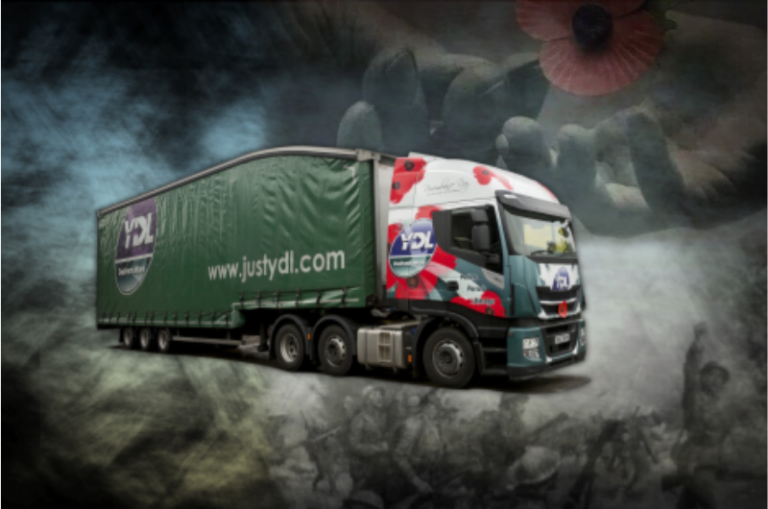Hazchem Shipping Guide
Here at YDL, we are proud to be a member of the Hazchem Network. The Hazchem network is the only pallet network solely dedicated to chemicals, incorporating some of the biggest names in UK hazardous goods. But what is Hazchem shipping? In this post, we’ll walk you through what Hazchem shipping is and how we comply.
What is Hazchem shipping?
Common Hazchem shipping is known as ADR shipping. ADR, short for Accord européen relatif au transport international des marchandises Dangereuses par Route (European Agreement concerning the International Carriage of Dangerous Goods by Road), is a UNECE regulation covering the shipment of hazardous materials. The main aspects of the regulation one must comply with are Annexes A and B. ‘A’ covers the overall packaging of a hazardous good, including its container and labelling. ‘B’ covers the vehicle of transportation, including its construction and operation. These annexes are updated frequently to ensure the safety of Hazchem transport is constantly improved and maintained.
What do ADR regulations cover?
Since it entered into force in 1968, ADR shipping has grown and adapted to cover a multitude of materials. These materials are divided into certain classes. These are as follows:
- Class 1 Explosive substances and articles, includes:
- Mass Explosion Hazards (e.g Dynamite, Nitroglycerine, etc.)
- Minor Fire/Projection Hazards (e.g. Ammunition, fireworks, etc.)
And more
- Class 2 Gases, includes:
- Flammable gases (e.g. butane, propane, acetylene)
- Non-flammable and non-toxic, likely to cause asphyxiation (e.g. nitrogen, CO2) or oxidisers (e.g. oxygen)
- Toxic (e.g. chlorine, phosgene)
- Class 3 Flammable liquids, includes:
- Acetone
- Paints
- Gasoline
- Perfume
- Any liquid with a flashpoint <60° Celsius
- Class 4.1 Flammable solids, self-reactive substances, and solid desensitized explosives includes:
- Safety matches
- Magnesium
And more
- Class 4.2 Substances liable to spontaneous combustion, includes:
- White phosphorus
- Aluminium alkyls
And more
- Class 4.3 Substances which, in contact with water, emit flammable gases, includes:
- Sodium
- Calcium
- Potassium
- Calcium Carbide
And more
- Class 5.1 Oxidizing substances, includes:
- Calcium hypochlorite
- Ammonium nitrate
- Hydrogen peroxide
And more
- Class 5.2 Organic peroxides, includes:
- Hydroperoxides
- Peroxy acids
- Diacyl peroxides
And more
- Class 6.1 Toxic substances which could cause death or serious injury to human health if inhaled, swallowed, or absorbed via the skin
- Potassium cyanide
- Mercuric oxide
And more
- Class 6.2 Infectious substances
- Virus cultures
- Used needles
- Pathology specimens
And more
- Class 7 Radioactive material, including substances or combinations of substances which emit ionizing radiation, including:
- Uranium
- Plutonium
And more
- Class 8 Corrosive substances that can severely corrode certain metals and/or dissolve organic tissue, including:
- Sulfuric acid
- Hydrochloric acid
- Potassium hydroxide
- Sodium hydroxide
And more
- Class 9 Miscellaneous dangerous substances and articles that do not fall into a prior category
- Asbestos
- Air-bag inflators
- Dry ice
And more
Each hazardous material has its own defined symbol that must be shown on the front and rear of any vehicle transporting Hazchem materials, and on all four sides of a freight container. The 100mm labels must also be displayed on the proper packaging of the hazardous materials.
We hope this guide has helped introduce you to the basics of Hazchem shipping. For the best Hazchem shipping, including ADR-compliant: Time Critical, International and Next Working Day Shipping trust us at YDL today.
